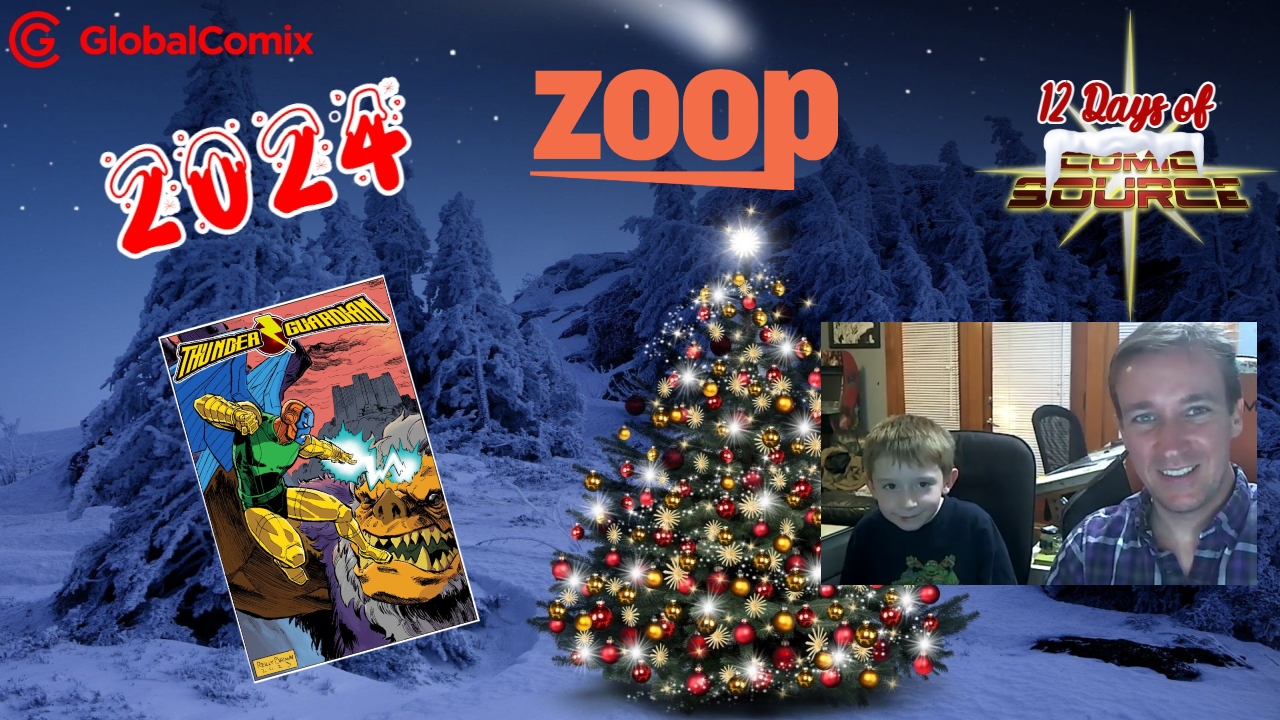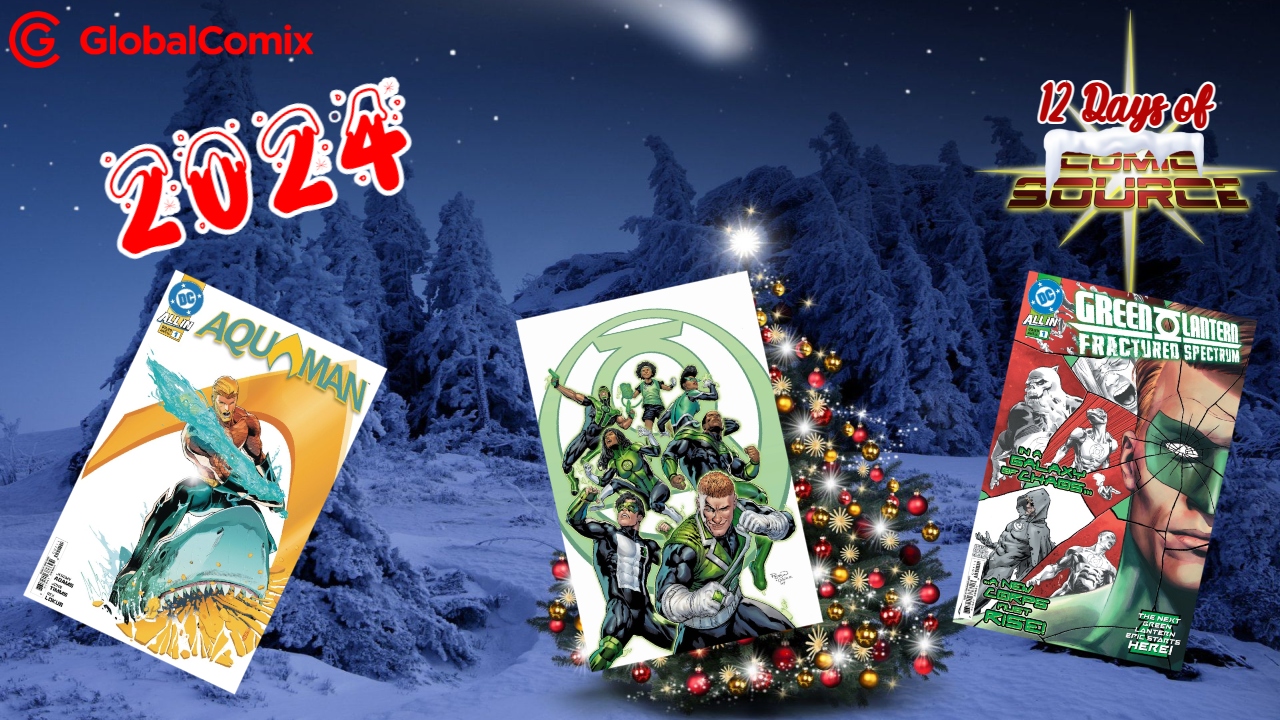The major Arcana of the tarot cards crossed with ancient Egyptian mythology… Espionage, fencing, shape-shifting, and hang gliding… A mutt with an appetite for coffee-flavored chewing gum?
Good grief, Stardust Crusaders: Part 3, Vol. 6 has no shortage of intrigue. You know JoJo’s Bizarre Adventure is hitting his stride when manga author Hirohiko Araki turns the weird up a notch. The most iconic arc in the JoJo canon truly begins here, in the Sahara Desert.
The volume opens with a famous panel depicting the incomparable Jotaro Kujo, Jean Pierre Polnareff, Joseph Joestar, Mohammed Avdol, and Noriaki Kakyoin in profile overlooking uncharted territory. Per usual, Araki sets the scene, injecting a morsel of history or culture into every new locale he introduces: a testament to his research behind the craft. Jotaro and company’s mission have taken them quite far from their home of Japan now, but they are surprised to be receiving reinforcements to help tackle the arid terrain in the form of Iggy: a stray canine who could never be caught, thanks to his sand-based Stand ability,「The Fool」(and his unnaturally hostile disposition).
The tentative nature of this arrival is further unsettled by the accompanying news that Dio has hired reinforcements of his own: The Great Ennead, or nine assassins representing the ancient Egyptian gods. The first of these nine, N’Doul, has wasted no time in ensnaring the fellowship in a trap no sooner than their journey up the Nile had begun, making casualties of the Speedwagon foundation agents who delivered Iggy (not to mention a member of the main party in the ensuing assault!).
In one of my absolute favorite segments in all of the series, JoJo&Co next fall prey to the brothers Oingo and Boingo, representative of the gods Khnum and Thoth respectively. It would be difficult to understate just how delightfully outlandish and off-the-wall both the artwork and the story becomes here. In a decisively meta sequence rivaled only within the genre by the far-off introduction of Rohan Kishibe, a Stand takes the form of a manga that predicts the future. Panels of JoJo’s Bizarre Adventure intermingle with panels of the “Oingo Boingo Brothers Adventure,” weaving Araki’s heavily shaded, moody, dramatically-angled scenes with Thoth’s crudely absurdist, half-infantile, half-Picasso comic strips. Here, the beats typically occupied by fight choreography take a backseat, replaced with suspenseful plotting and some much-appreciated comedic relief. Though it is evident what makes these chapters so unlike anything prior to them within the series, it’s more difficult to pinpoint why they are so quintessentially JoJo’s Bizarre Adventure without treating oneself to them.
The volume ends with the arc of Anubis: a Stand battle that combines the combat-intensive element that is JoJo’s Bizarre Adventure’s trademark with the subversion of combat expectations that is the hallmark of Stardust Crusaders. In doing so, this volume reiterates Part Three’s commitment to shaking off all manner of predictability that may have settled in preceding it. The reboot has essentially been refreshed once more as the criterion for what constitutes a Stand is redefined, or undefined for that matter. I won’t spoil the gimmick for you, but I remember during my first reading of the series that this was a landmark moment for me, whereafter I tossed aside any hope of predicting where Egypt was heading to, letting Araki take the wheel.
Whereas the previous volumes set the narrative in motion, volume six is where Stardust Crusaders takes off and the culminating finale to the Joester-Brando rivalry is just up the Nile. The charm of Araki comes through in his characters’ small talk, his attention to historical detail, and in his fascination with breathing life into the mundane (and inanimate). The Joestars and friends make for the perfect balance of chemistry and creativity. Yes, there are times when the characters’ commitment to expositing the action becomes tedious and undoubtedly cliche, but that comes with the territory here. JoJo may be bizarre, but he is shonen after all. It doesn’t detract from the compelling course that this volume sets us on, nor from the increasingly imaginative and venturesome risks that Araki is willing to take in order to keep JoJo feeling perfectly bizarre.
Grade: A-
Don’t forget to share this post on your Facebook wall and with your Twitter followers! Just hit the buttons on the top of this page.

 FOR FANBOYS, BY FANBOYS
Have you checked out LRM Online’s official podcasts and videos on The Genreverse Podcast Network? Available on YouTube and all your favorite podcast apps, This multimedia empire includes The Daily CoG, Breaking Geek Radio: The Podcast, GeekScholars Movie News, Anime-Versal Review Podcast, and our Star Wars dedicated podcast The Cantina. Check it out by listening on all your favorite podcast apps, or watching on YouTube!
Subscribe on: Apple Podcasts | Spotify | SoundCloud | Stitcher | Google Play
FOR FANBOYS, BY FANBOYS
Have you checked out LRM Online’s official podcasts and videos on The Genreverse Podcast Network? Available on YouTube and all your favorite podcast apps, This multimedia empire includes The Daily CoG, Breaking Geek Radio: The Podcast, GeekScholars Movie News, Anime-Versal Review Podcast, and our Star Wars dedicated podcast The Cantina. Check it out by listening on all your favorite podcast apps, or watching on YouTube!
Subscribe on: Apple Podcasts | Spotify | SoundCloud | Stitcher | Google Play




